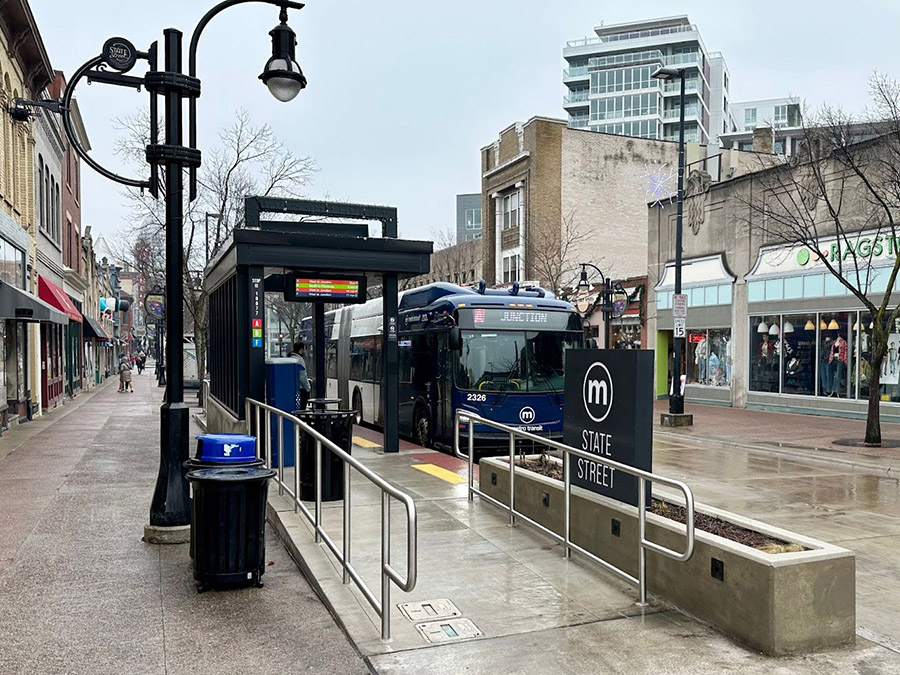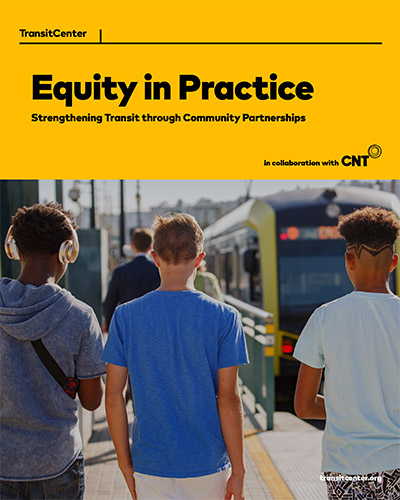
'I can find out what’s really happening:' Academy provides urban planning insight
Urban planning shapes decisions about what gets built, where, and planner-driven policies and processes affect much of how we experience our neighborhoods. But typically, only professionals in the field, know much about urban planning principles and ideas or development processes. One way to change that: spread the knowledge. That’s just what the first Chicago Community Planning Academy that Chicago Architecture Center and Center for Neighborhood Technology, which wrapped in... Continue reading »
Evanston Green Homes retrofit sees partners work together and triple bottom line fall into place
For homeowner Adam Blough, the March 2025 all-electric, nearly $60,000 retrofit his house received through the Evanston Green Homes program to help owners of affordable homes reduce greenhouse gas emissions is one sign among many of the historically Black community’s renaissance. “This is the best place to be in Evanston,” Blough said during a tour he led recenltly for Evanston Mayor Daniel Biss, Fifth Ward Alderman Bobby Burns, journalists from the Evanston Roundtable... Continue reading »
With EPA Perchlorate ban, greener dry cleaning grows stronger than ever
By Ed Finkel In the closing days of the Biden Administration, the U.S. Environmental Protection Agency issued rules banning all uses of trichloroethylene (TCE), as well as all consumer uses and many commercial uses of perchloroethylene (PCE), labeling these as cancer-causing chemicals under the 2016 bipartisan Toxic Substances Control Act. The decision intersects with decades-old work to make commercial clothes-cleaning operations more environmentally sustainable and less... Continue reading »
Why We Must Compensate Community-Based Organizations in Transportation Decision-Making
The United States spends more than $200 billion annually on transportation system operations, maintenance, and capital projects. Could feedback from people who live and help lead community-based organizations in the places where those funds are being spent help ensure better investment and funding decisions? We think the answer is yes. This compensation isn't just about fairness. Staff at Center for Neighborhood Technology with input from partners like NRDC, ... Continue reading »
With jokes about zoning and parking spots, developers celebrate a year of equitable transit-oriented development success
Jokes about zoning and how many parking spots it takes to get a building constructed in Chicago don't go over in every crowd — but they got knowing laughs from many at the Elevated Works end-of-year celebration for community-based developers and coaches at The Starling. Carlos, Karla and Rafa Robles, the siblings and principals of Duo Development, welcomed some 50 attendees from other Elevated Works projects and technical assistance organizations to the space, which is also home to... Continue reading »
Chicago Community Planning Academy: a new way to democratize the built environment
CNT is excited to announce a new partnership with the Chicago Architecture Center to develop the Chicago Community Planning Academy. The Chicago Community Planning Academy creates a thriving community of empowered participants who actively engage in formal planning and design processes to advocate for and create more equitable, healthy, and vibrant neighborhoods through continuous, equity-centered education and networking. Applications are now open – we and our... Continue reading »
Visionary Voices: Centreville story highlights housing, racial and climate justice connections
Our housing as infrastructure conversation in mid-November brought together attorneys and advocates to talk about the intersection of housing justice and climate justice. Panelists Meleah Geertsma from Alliance for the Great Lakes and Kennedy Moehrs Gardner from Equity Legal Services shared experiences working with the people of Centreville, Illinois (now Cahokia Heights, IL) in southern Illinois, and highlighted parallels to flooding and sanitation issues in Northeast Illinois. They... Continue reading »
Aiming for justice using the Climate and Economic Justice Screening Tool
en español Communities like McKinley Park miss out on federal Justice40 benefits by a narrow margin. It doesn’t have to be that way. The Climate and Economic Justice Screening Tool (CEJST) aims to identify “disadvantaged census tracts” for prioritizing federal funding and informing the national Justice40 initiative, but we wondered – are there instances where the tool fails to identify communities that residents and organizers on the ground know are overburdened by pollution? When... Continue reading »
Starling: North Lawndale's First Transit-Oriented Multipurpose Space and Coffeehouse
The hyper-modern single-story blue building at the corner of 16th and Sawyer gives off vibes that are one part coffee shop, one part community space—just as envisioned by the Robles siblings, who run the lead firm on the project, the nonprofit Duo Development. The new building, named Starling—inspired by the ways large groups of the birds can generate figures when they come together—serves as a proof of concept for the firm's ideas. "We call it our album drop," Rafael 'Rafa'... Continue reading »
Will 2025 be year for transit in northern Illinois? North DuSable Lake Shore Drive one of many projects that could benefit
Advocates want the proposed North DuSable Lake Shore Drive to accommodate more transit access and climate-friendly solutions than the current proposal includes. ChiStock Images photo Center for Neighborhood Technology is a proud member of the Illinois Clean Jobs Coalition and partner of Better Streets Chicago. This is one of several stories we plan to highlight transit issues in the coming months. Phase one of the multibillion-dollar North DuSable Lake Shore Drive... Continue reading »





 Strengthening Transit Through Community Partnerships
Strengthening Transit Through Community Partnerships








